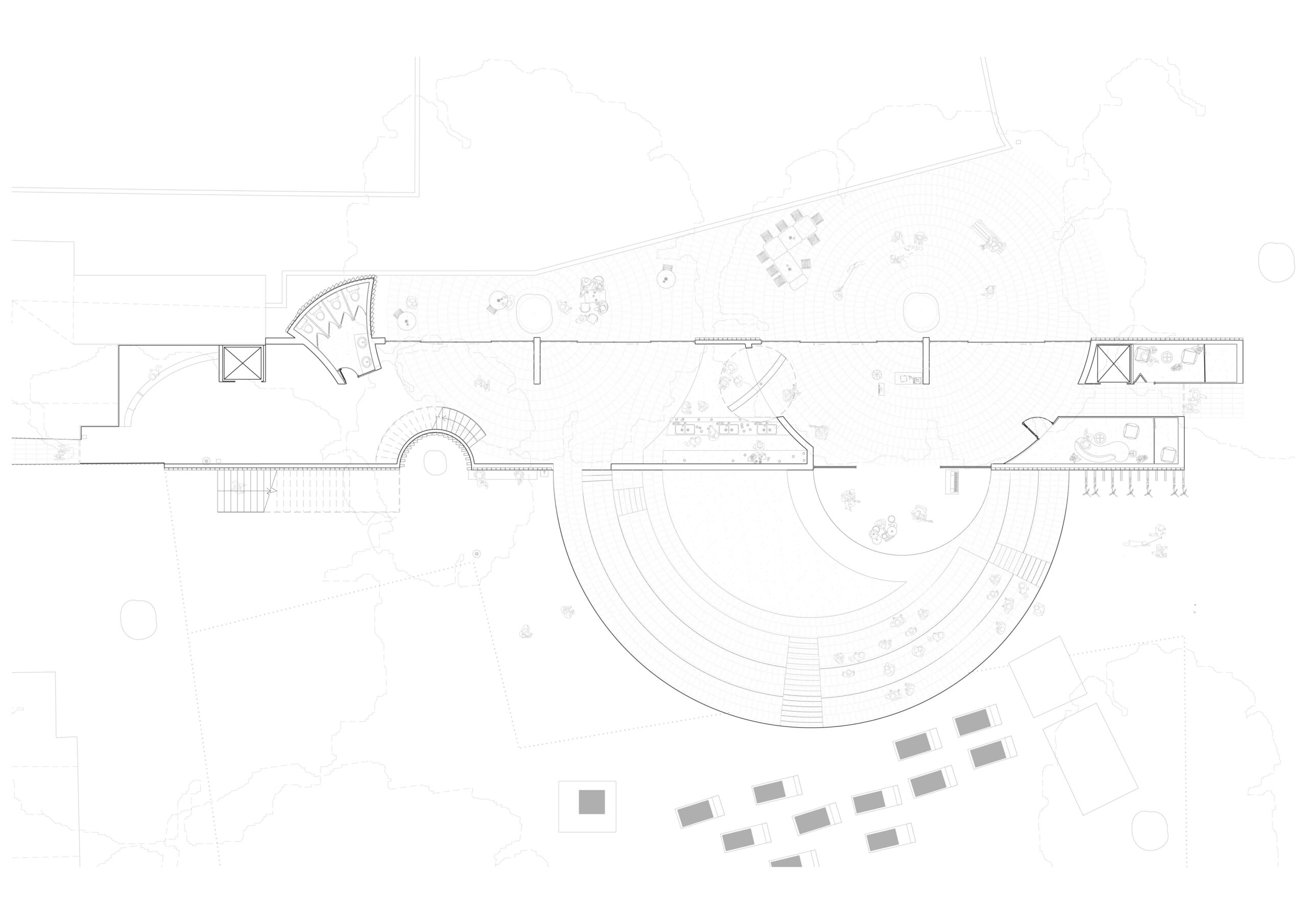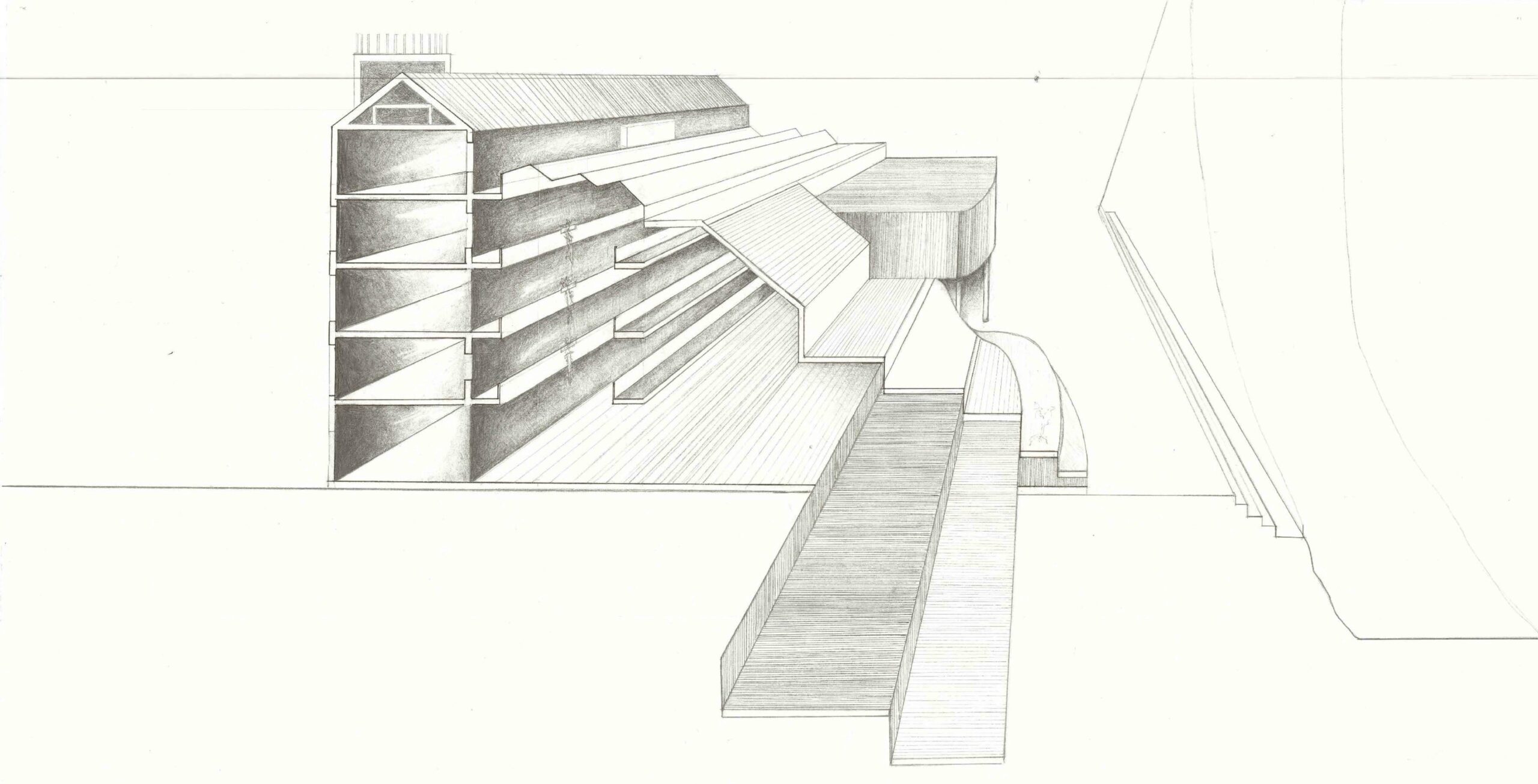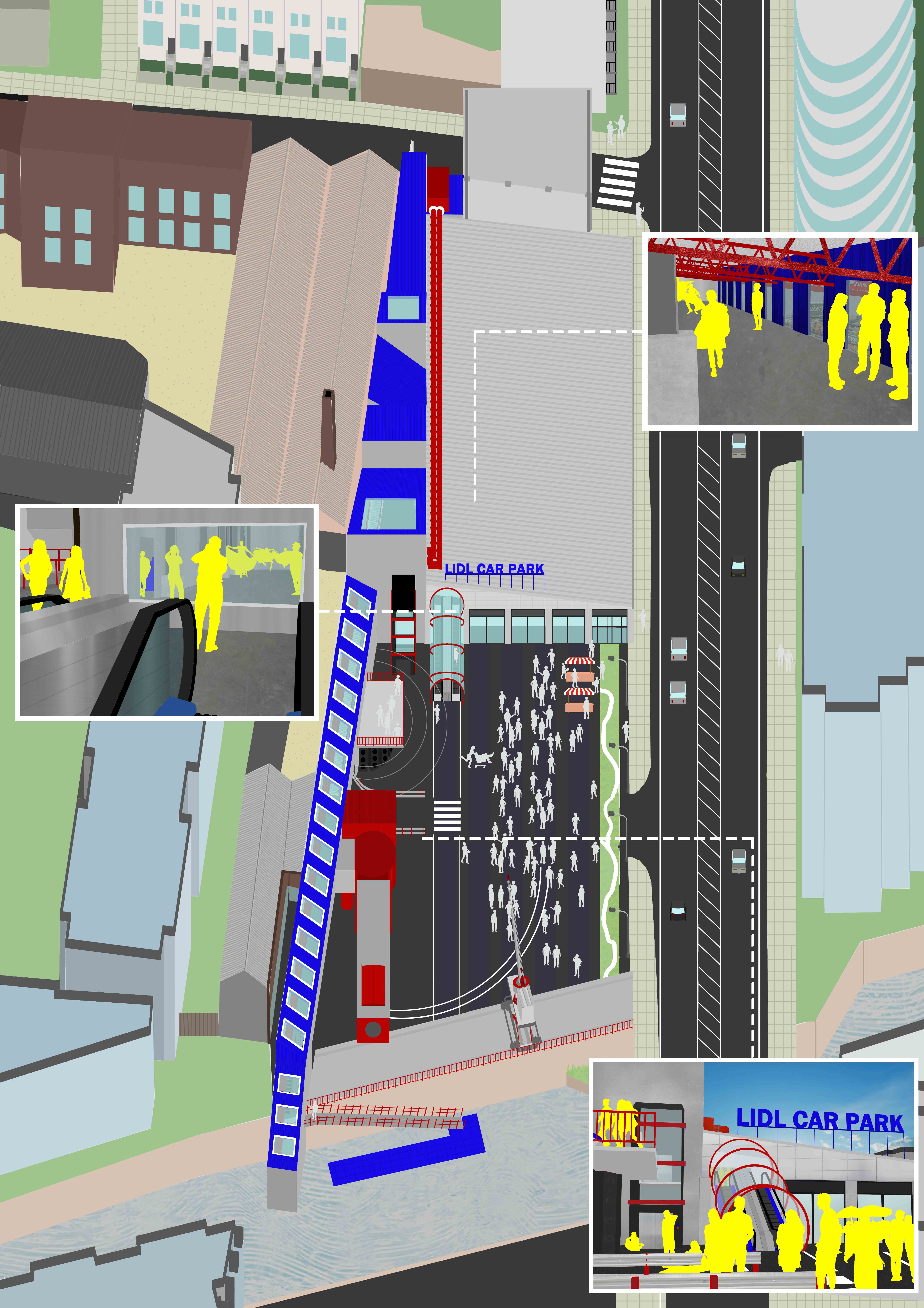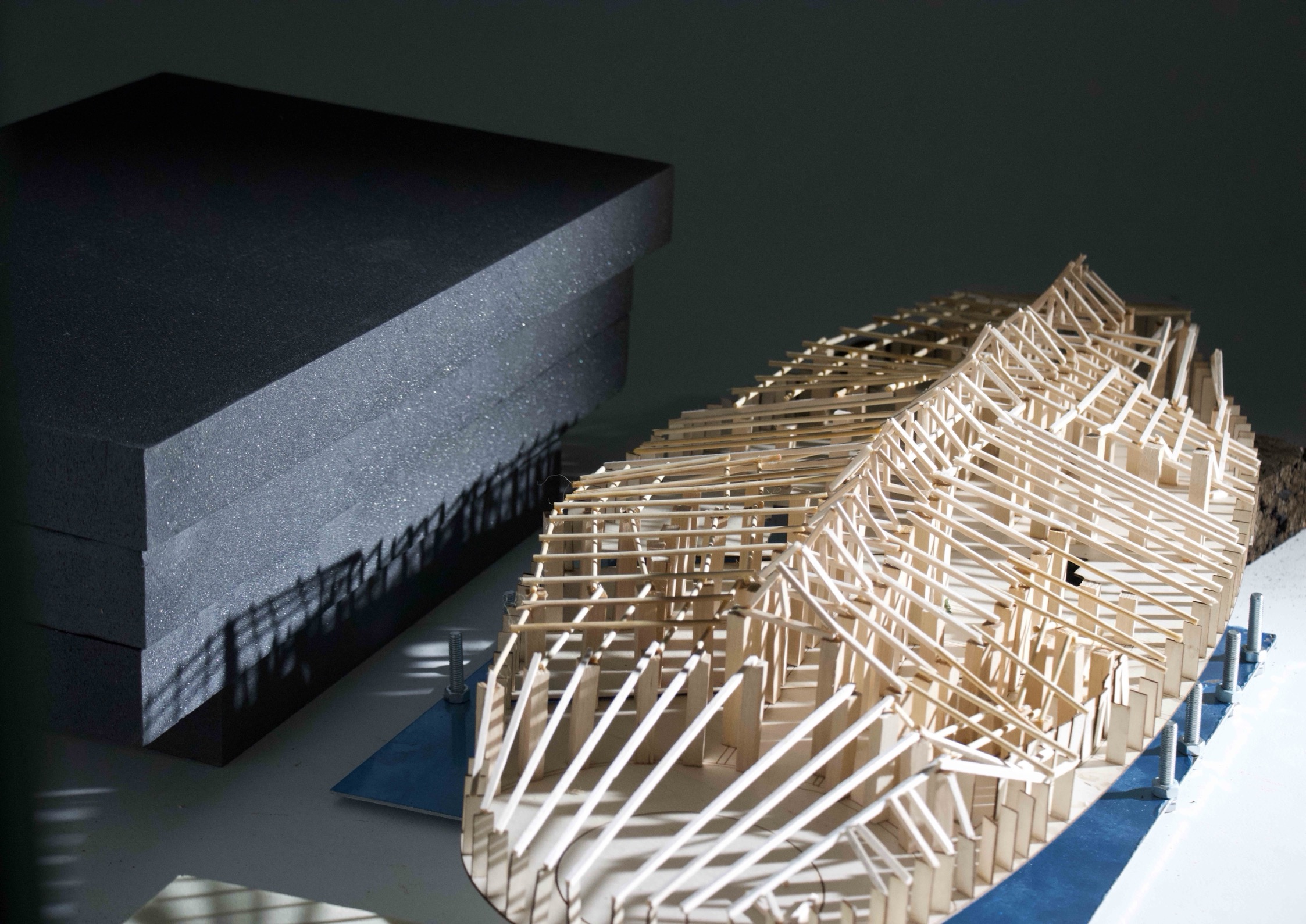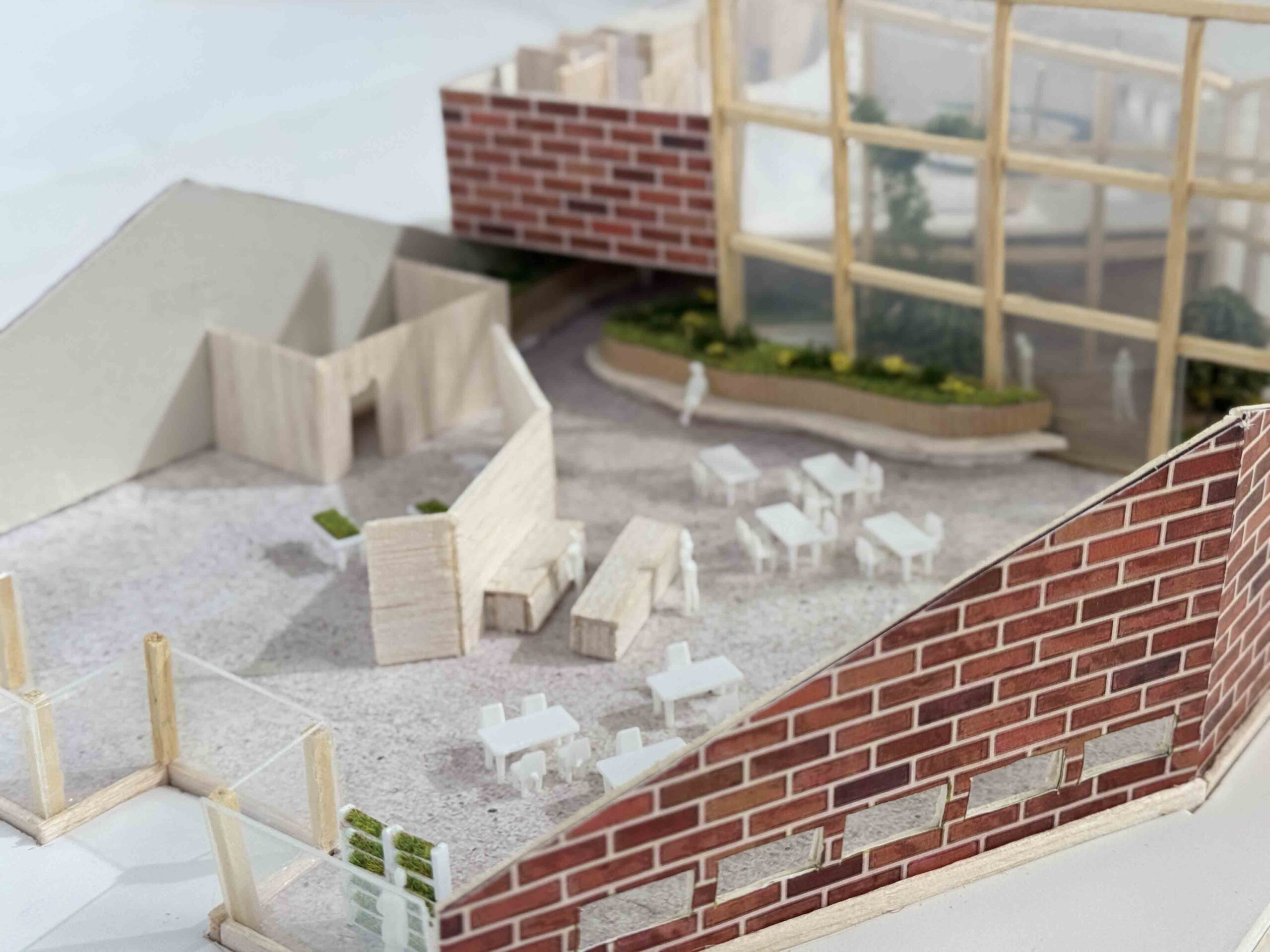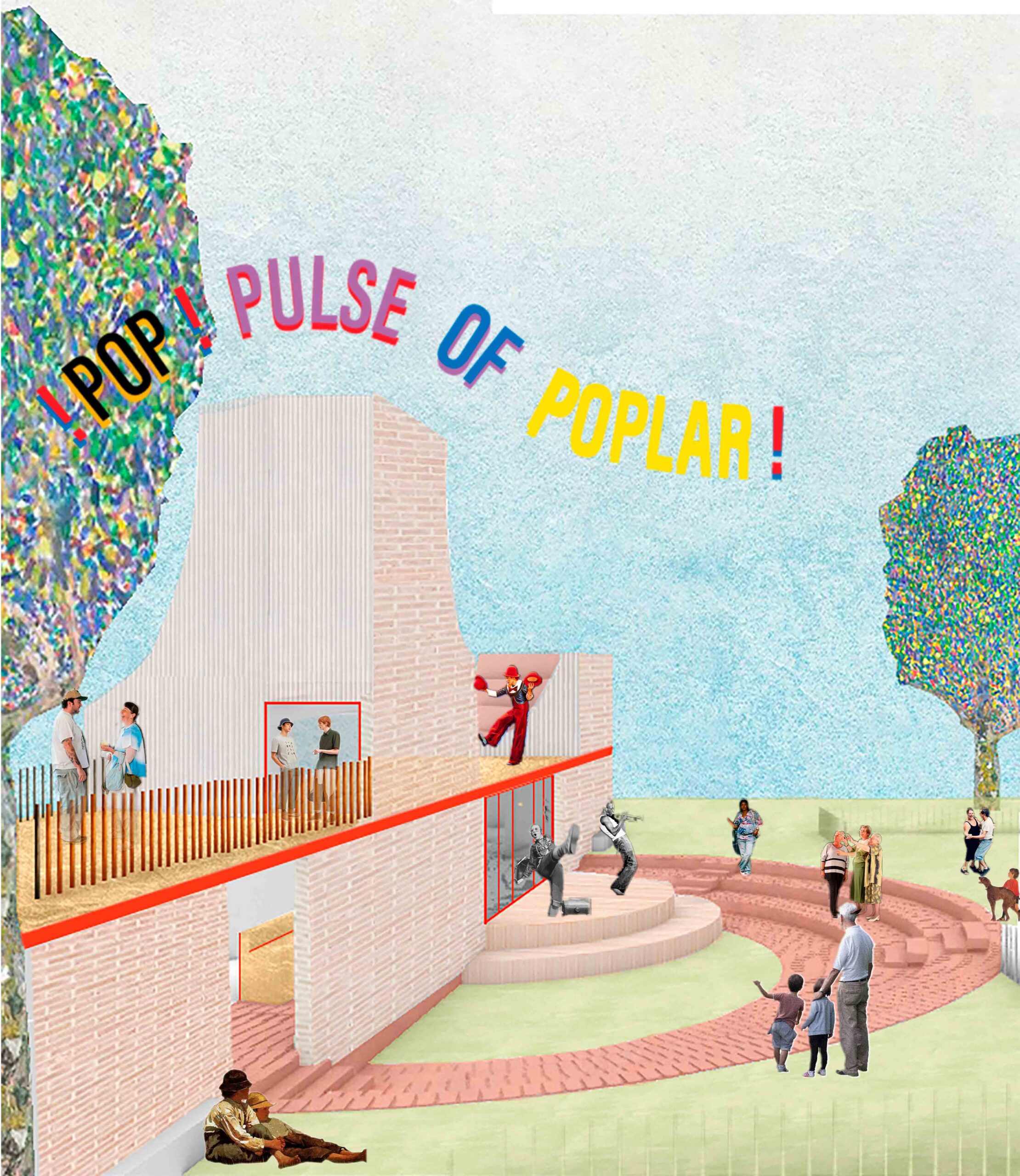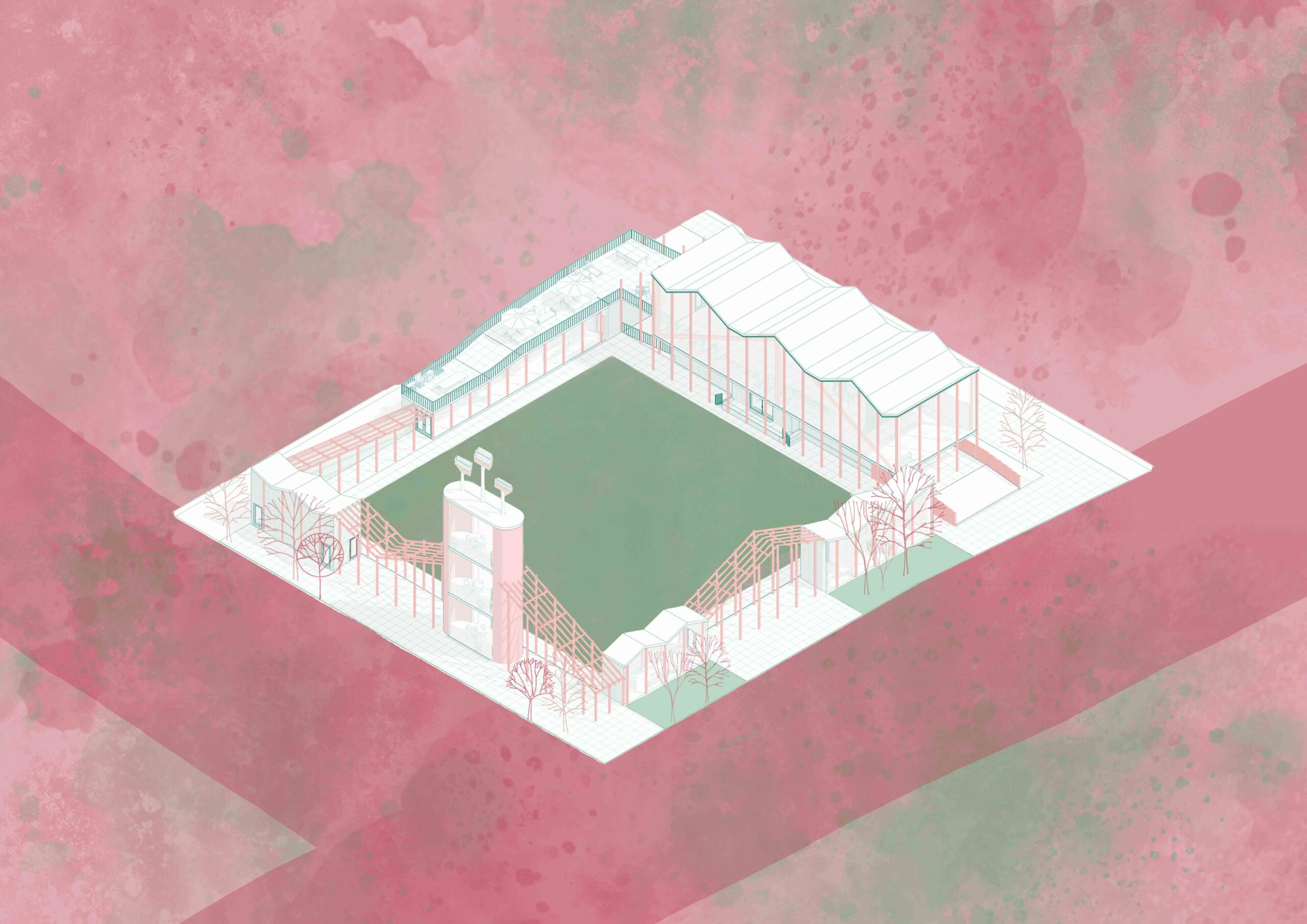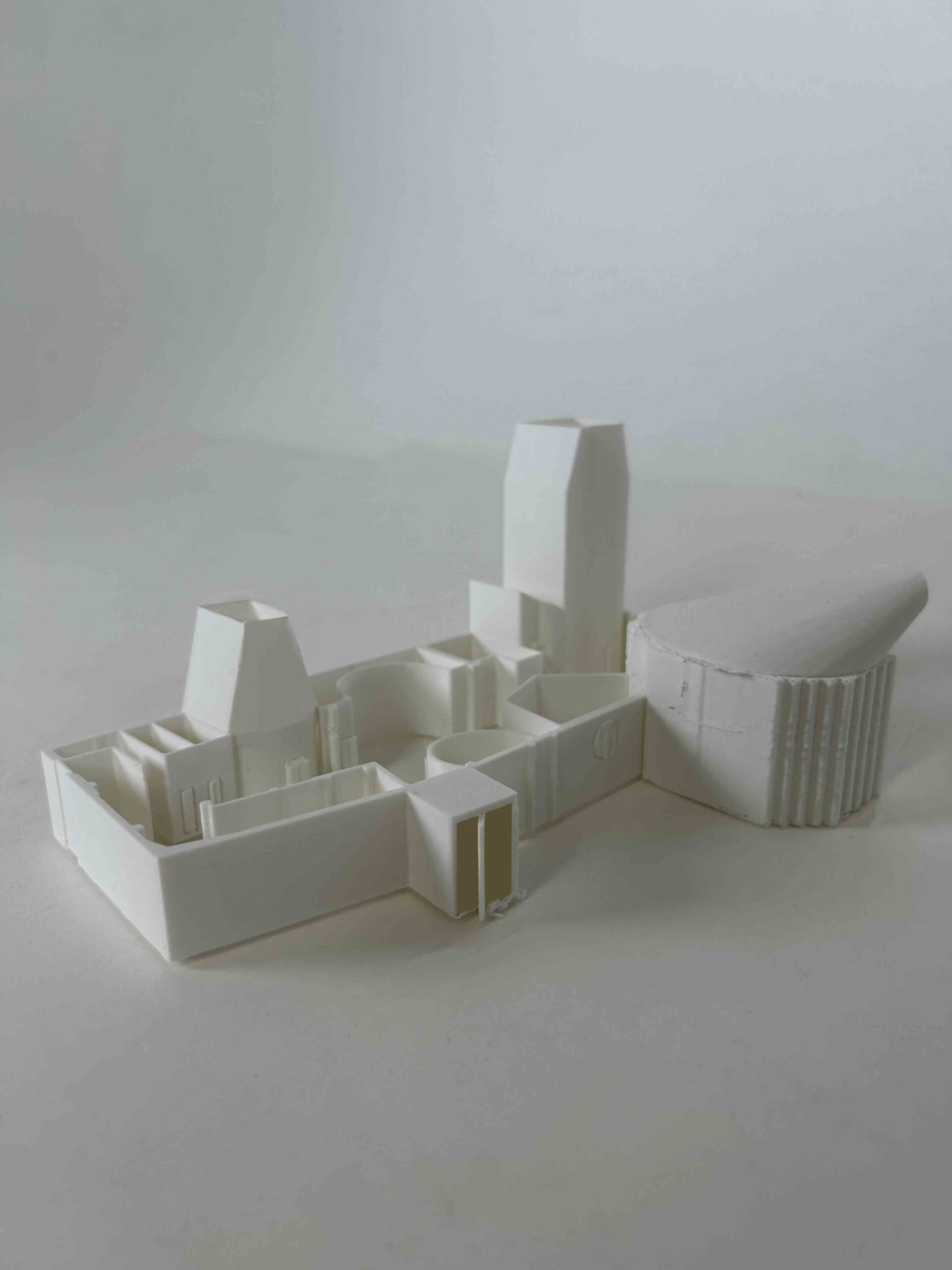Design Studio (Two) Five BA Architecture
Tadeas Riha & Nasios Varnavas
Tadeas Riha is a registered architect practising between London and Prague.
Nasios Varnavas is a registered architect, and co-founder of collaborative practice, Urban Radicals (UR).
DS(2)5: Gathering Infrastructures: Poplarism, from Parade to Building
Students: Soraya Alaa, Simona Alam, Mohammed Baqer Al-Gburi, Lisa Bugarcic, Rani Chebihi-Hassani, Ramisha Din, Benelhadj Djelloul, Nilsu Eken, Anmoldeep Gill, Adam Hung, Alisha Khan, Ines McCallum, Lina Miah, Jiji Monzer, Caroline Mukane, Reuben Ratsma, Julia Sampaio Castanheira, Tiago Silva Azevedo, Garima Singh, Ivan Zahrebeniuk
This year we continued our theme of Gathering Infrastructures, drawing inspiration from the energy, exuberance and the transformative potential of bodies assembling in public spaces and the spatial frameworks which support them.
As private capital infiltrates the governance of cities, the need to manifest claims on non-privatised gathering spaces becomes increasingly urgent. Water, waste, light, transport and communications infrastructures have all faced efforts of privatisation, while the struggle to protect and enhance the openness of public space infrastructure continues. It is difficult to appreciate cities as successful human habitats without accessible social hubs and assembly spaces that form the hearts of communities and societies. These public spaces remain sites where cultures and counter-cultures form dialogues, where alternative ideas and forward-looking future imaginings often assume a first presence, and where dissenting views on politics or social issues are voiced.
Between cautiously-transforming Canary Wharf and quickly gentrifying Bromley-by-Bow, lies the fascinating district of Poplar. Once dubbed ‘the bleakest outpost of outcast London’, the borough has always been under the scrutiny of politicians, town planners and developers. t the same time, it is a site of utopia, dystopia, activism, resistance and public engagement. The militant dedication of the area’s pre-war public servants coined the term Poplarism, which marks its centenary in the year 2025. In 1951, the movement was followed by a series of transformative projects, forming part of the national Festival of Britain, with a legacy which has served as a backbone of Poplar’s public infrastructure to this date.
Investigating the histories of the short-term Poplarism movement, the Festival of Britain and the projects they produced, DS2(5) traced Poplar as it had once been, and mapped it as it is today.
Through the lens of the parade, the studio explored, mapped and intervened within the everyday public assembly infrastructures, plugging into, adding on to, and subverting existing buildings. Students reimagined its warehouses, estates, ruins and new developments by designing gathering infrastructures, accessible to all.
Guest Critics: Alan Beveridge (rCKA), George Christofi, Kate Cheyne, Pereen D’Avoine (russian for fish), Ursula Dimitriou, Pol Esteve Castelló (GOIG), Michela Falcone (AA), Amy Kempa (Nissen Richards), Constance Lau, Laurence Lumley, Balveer Mankia, David McEwen (Unit38), Kyle McGuinness (RIOS), William McLean, Roland Reema (llrrllrr), Dylan Radcliffe Brown (6a), Giorgia Scognamiglio, Henning Stummel (Henning Stummel Architects), Silver Wang, Camilla Wilkinson, Paolo Zaide
Special thanks: Pierre D’Avoine, Samantha Hardingham, Anton Maertens (BC Materials)











